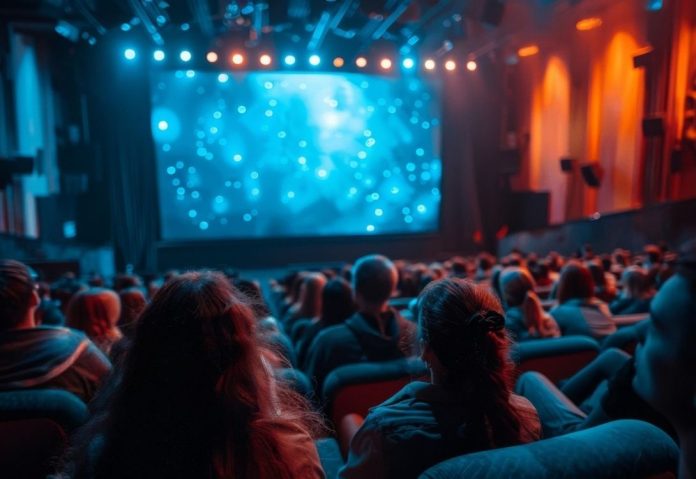A unique sense of enchantment washes over you the moment you step into a Movie Theater, signaling the magic about to unfold. It’s more than just watching a film; it’s an immersive ritual, a shared escape into stories larger than life. The hushed anticipation, the scent of popcorn, the dimming lights, and the explosion of sound and spectacle on the massive screen – this collective experience is what defines the enduring magic of the Movie Theater. At The Festival Sale, we understand the allure of grand experiences, and few can rival the consistent thrill delivered by a state-of-the-art Movie Theater.
A Glimpse into History From Nickelodeons to Megaplexes
The theater’s backstory is just as fascinating as the movies it shows. Its origins can be traced back to the late 19th and early 20th centuries with “nickelodeons” – small, storefront venues that charged a nickel for a short film. These rudimentary spaces quickly evolved, becoming more ornate and comfortable. The “picture palaces” of the 1920s were opulent, cathedral-like structures designed to transport audiences into a world of luxury and fantasy before the film even began.

The mid-20th century witnessed the rise of multiplexes, which offered a wider selection of films under one roof, catering to diverse tastes. This was followed by the advent of megaplexes, colossal entertainment complexes boasting dozens of screens, advanced sound systems, and a vast array of concessions. The goal of each development was to improve the viewing experience, solidifying it as a fundamental part of culture.
Evolutionary Milestones of the Movie Theater
- Nickelodeons (Early 1900s): Simple, affordable venues introducing cinema to the masses.
- Picture Palaces (1910s-1930s): Ornate, grand theaters offering a luxurious escape.
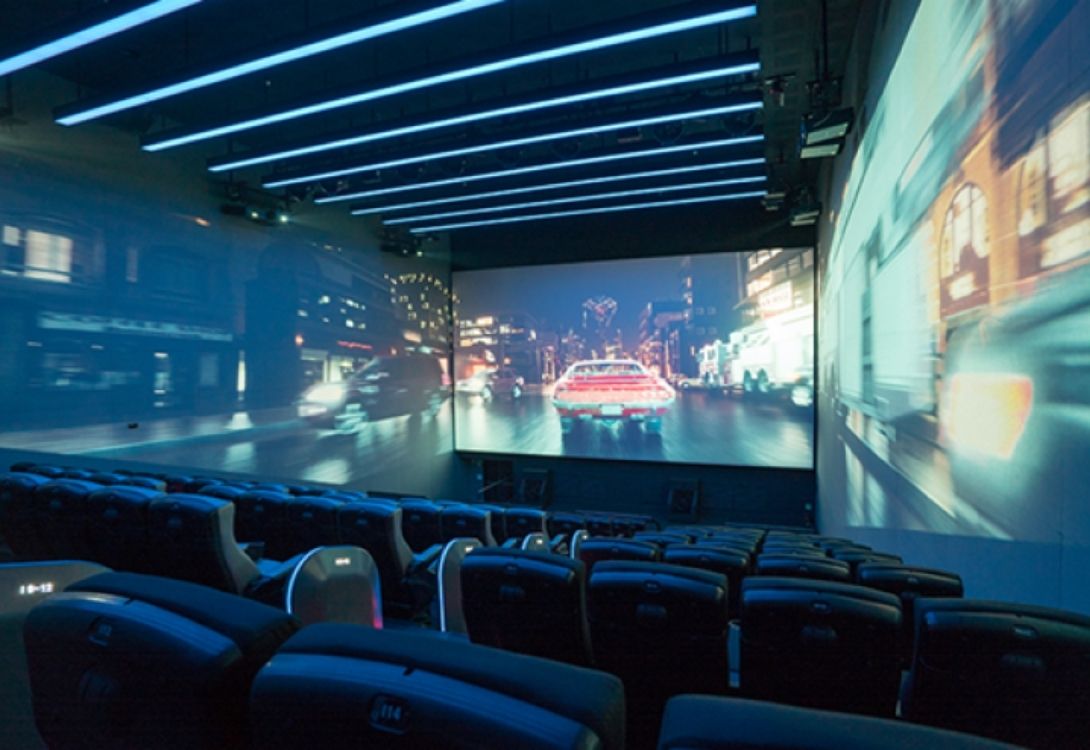
- Drive-ins (Mid-20th Century): A uniquely American outdoor cinematic experience.
- Multiplexes (1960s–1980s): Providing a variety of options by housing several screens under one roof.
- The Era of Grand Cinemas (1990s-Present): Marked by megaplexes and IMAX, this period introduced vast entertainment hubs featuring sophisticated tech and highly immersive experiences.
The Enduring Appeal Why the Movie Theater Persists
In an age dominated by home theaters, streaming, and immense televisions, it demonstrates surprising resilience and ongoing vitality. Its timeless allure stems from a confluence of community experience, sensory absorption, and the sheer spectacle that is unmatched elsewhere.
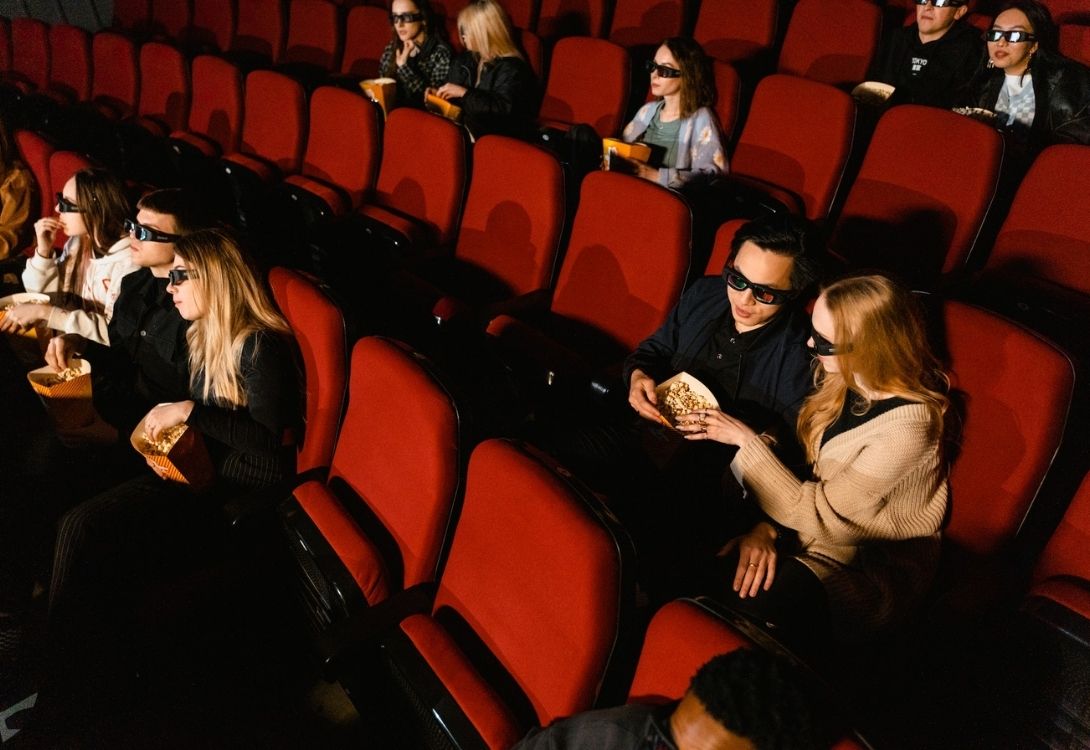
- Sensory Immersion Beyond the Home Screen
It is engineered for maximum immersion. The colossal screen fills your peripheral vision, drawing you into the narrative without distractions. State-of-the-art sound systems, often configured as Dolby Atmos or similar technologies, deliver crisp dialogue, thunderous explosions, and subtle ambient sounds that envelop the audience, placing them directly within the film’s world. This multimodal engagement is crucial to the cinematic experience.
- The Power of the Shared Experience
It provides a collective experience for film viewing. Laughter gasps, and moments of silence are shared with strangers, creating a collective emotional response that amplifies the film’s impact. This shared journey transforms passive viewing into an active, social experience. Experiencing a story collectively within a shared venue is a core element of human bonding.
- Spectacle and Scale Unmatched Anywhere Else
Certain films are only designed to be viewed on a large screen. Blockbusters with breathtaking visual effects, sweeping historical dramas, or intricate animated worlds truly come alive in a Movie Theater. The scale and clarity of the projection, combined with cutting-edge sound, allow filmmakers to realize their artistic vision in its purest form, offering an unmatched spectacle that home viewing cannot replicate.
Innovation in the Movie Theater Experience
Bigger displays and greater sound aren’t the only innovations modern cinema operators are making to improve the patron experience.
- Premium Formats and Enhanced Seating
Premium Large Formats (PLFs) such as IMAX, Dolby Cinema, and Xtreme are revolutionizing Movie Theater immersion with their expansive screens, cutting-edge (often laser) projection, and custom-tuned soundscapes. Many theaters now feature luxurious reclining seats, sometimes with in-seat dining options, transforming a simple movie outing into a premium leisure activity.
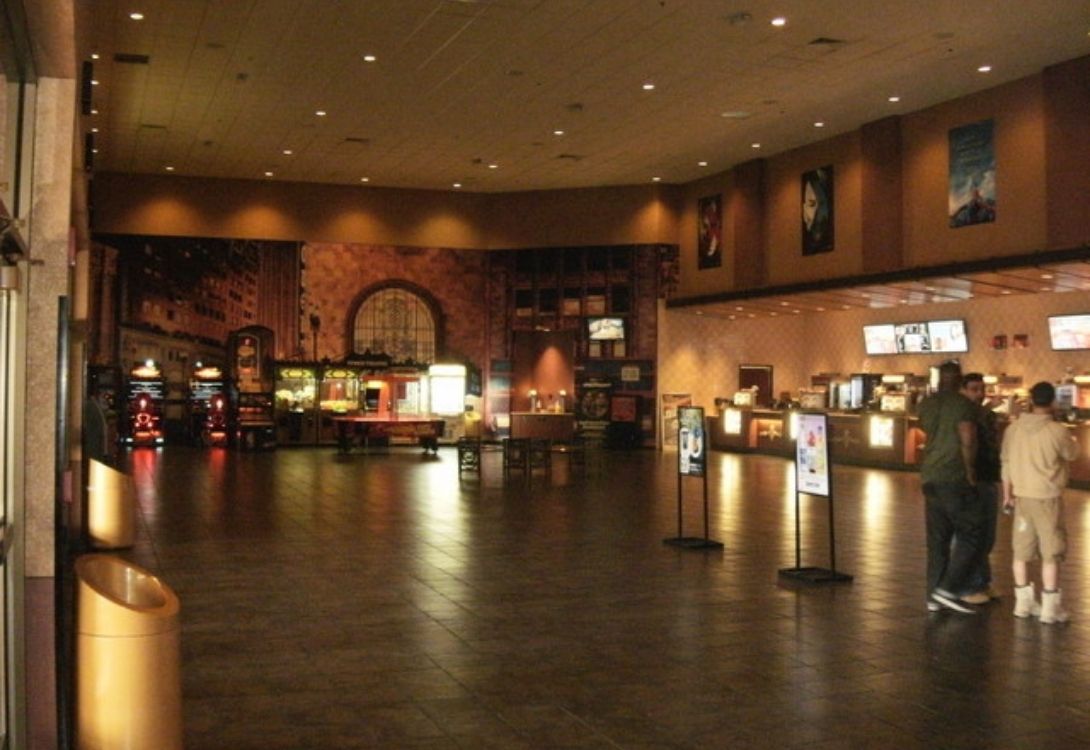
- Concessions and Culinary Delights
Its concessions have evolved much beyond the classic popcorn and drink combo. Upscale snacks, artisan beers, fine wines, and even comprehensive restaurant meals are now frequently offered, creating an all-encompassing dining and entertainment experience. This elevated culinary experience adds another layer of comfort and enjoyment to the outing.
- Event Cinema and Alternative Content
It is increasingly becoming a venue for “event cinema,” broadcasting live concerts, theatrical performances, sporting events, and even video game tournaments. Providing a variety of entertainment choices and additional sources of income increases the theater’s appeal beyond conventional movie releases.
The Movie Theater in the Digital Age Challenges and Resilience
The advent of streaming services and the pandemic presented significant challenges to this industry, sparking discussions about its future. However, the industry has demonstrated remarkable resilience, in adapting to changing consumer habits.
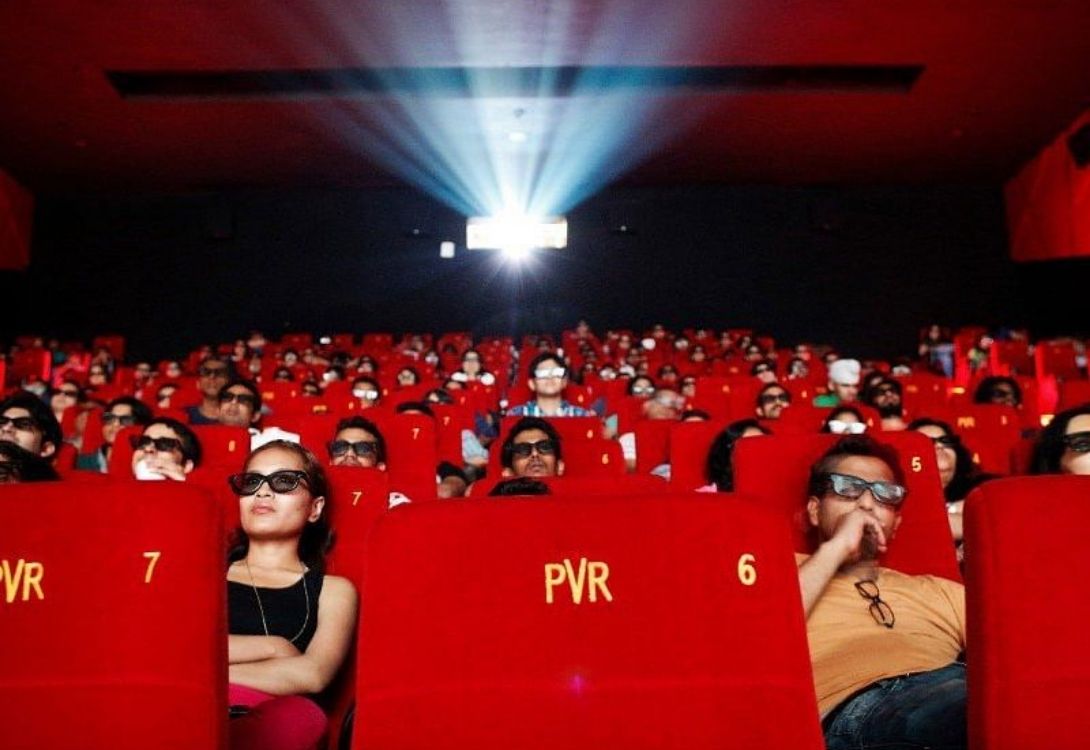
- Navigating Streaming and Shifting Release Windows
The traditional theatrical release window (the period a film plays exclusively in theaters before becoming available elsewhere) has been compressed or eliminated for some movies. However, major blockbusters perform exceptionally well in theaters, demonstrating that the desire for the big-screen experience remains strong, especially for event films. The cinematic experience has evolved into a high-end commodity that streaming services are unable to rival.
- A Future Focused on Experience
It will secure its place by spotlighting its core advantages: an unmatched immersive environment, the collective joy of shared viewing, and sheer cinematic grandeur. Theaters are investing in cutting-edge technology, luxurious amenities, and diverse content offerings to solidify their position as a premier out-of-home entertainment destination. For those looking to enjoy spectacular entertainment and find amazing deals to enhance their outings, The Festival Sale acknowledges the magnetic pull of a great night at the movies.
The Cultural Significance of the Movie Theater
Beyond its economic and entertainment value, it holds profound cultural significance. It has served as a democratic space, accessible to people from all walks of life, offering a shared experience of art and storytelling. Films seen there often become cultural touchstones, shaping conversations and collective memories. It’s where iconic scenes are witnessed for the first time by a captivated audience, forging lasting impressions.
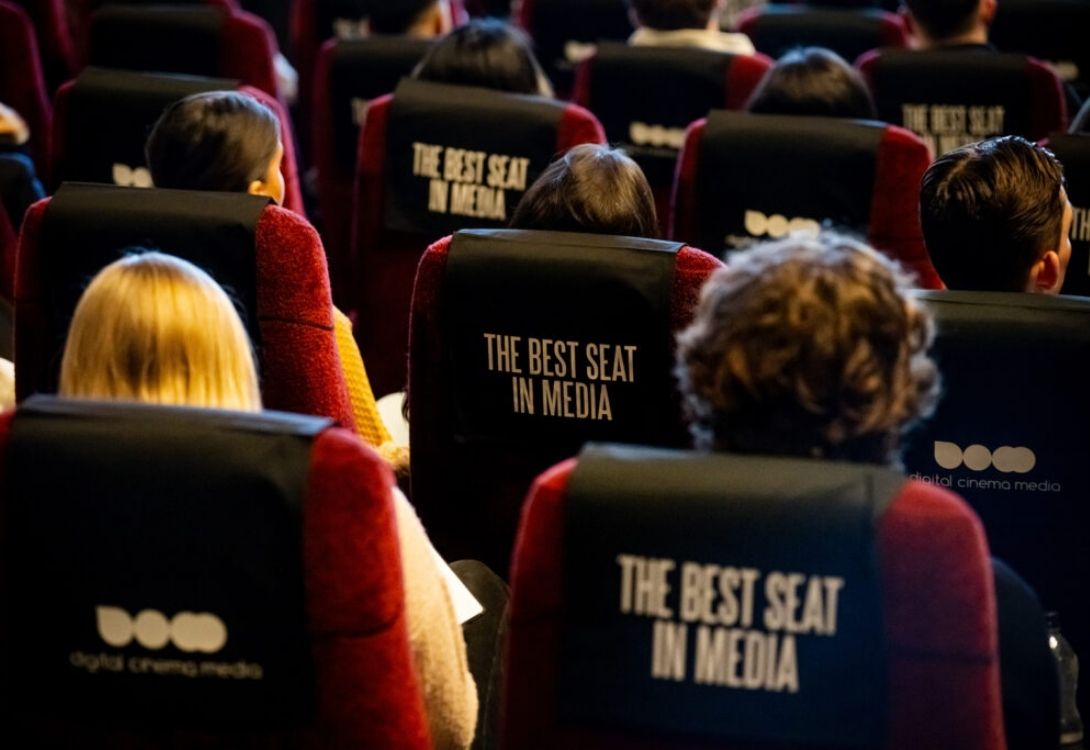
Community Hub and Social Connection
It often functions as a community hub, a place for first dates, family outings, and friendly gatherings. This offers a common cultural ground where people can engage, exchanging thoughts on stories, characters, and ideas.
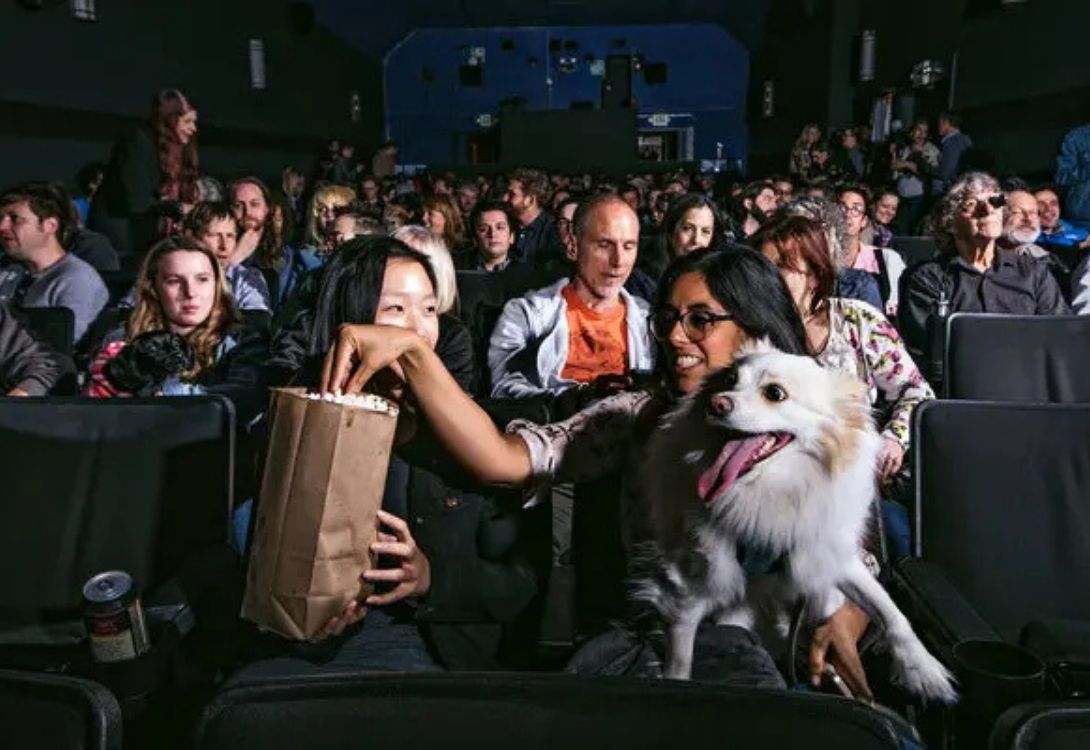
This social component strengthens the community’s feeling of identity and belonging, reaffirming its function as more than just a Movie Theater.
The Environmental Footprint of Movie Theaters
It, like all extensive operations, creates an environmental impact, predominantly through its power demands (for illumination, projection, and climate control) and the waste it accumulates (from snacks and tickets).

However, many modern theaters are increasingly adopting sustainable practices, such as energy-efficient lighting, waste reduction programs, and recycling initiatives. The industry is also exploring ways to reduce the environmental impact of film distribution and projection.
FAQs about the Movie Theater
Q1: Why is the Movie Theater experience considered unique?
A1: It offers a unique combination of sensory immersion (large screen, immersive sound), a shared communal experience with other viewers, and the unmatched scale and spectacle that makes certain films come alive in a way home viewing cannot replicate.
Q2: How has technology changed the Movie Theater?
A2: Through technological leaps, its experience is now vastly improved. This leap includes digital projection, advanced acoustics (e.g., Dolby Atmos), high-end viewing formats (IMAX, Dolby Cinema), and plush seating, each element meticulously designed for supreme immersion and comfort.
Q3: What are premium large formats (PLFs)?
A3: For a superior cinematic journey, look to PLFs like IMAX and Dolby Cinema. These specialized formats offer significantly bigger screens, top-tier projection technology (often laser-based), and tailored, immersive sound systems for ultimate effect.
Q4: Do people still go to Movie Theaters with so many streaming options?
A4: Yes, people still go there. While streaming is popular, this offers a distinct out-of-home entertainment experience, especially for blockbuster films and social outings. The shared communal aspect and grand spectacle remain powerful draws.
Q5: What is “event cinema”?
A5: “Event Cinema” refers to Movie Theaters screening live or recorded non-film content, such as concerts, theatrical plays, opera performances, sporting events, and even video game tournaments, to broaden their appeal and diversify entertainment options.

